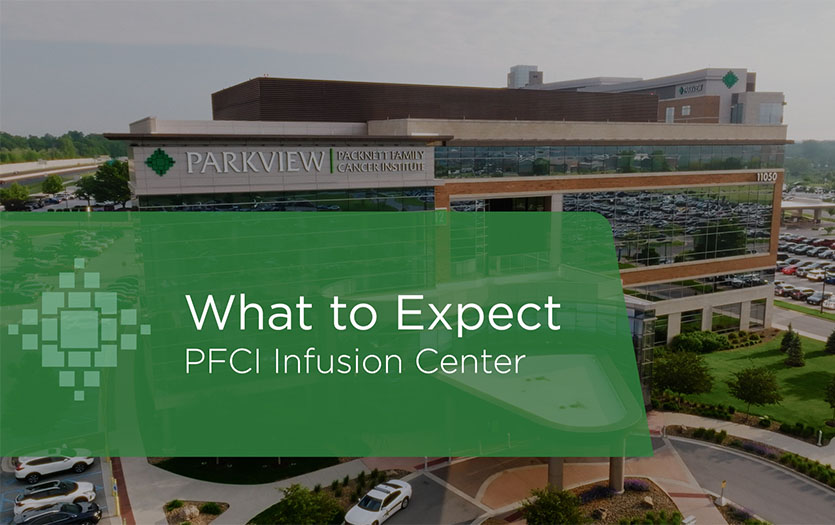Please note, this video was filmed in 2019, prior to the COVID-19 pandemic and subsequent masking protocols.
T. Eric White, MD, PPG – Cardiology, explains the signs of a heart attack, what patients can expect when they arrive at the hospital for treatment, and why it’s so important to act quickly.
Every year, hundreds of thousands of Americans experience a myocardial infarction (MI), more commonly referred to as a heart attack. The heart is like an engine, with three fuel lines. A heart attack occurs when one fuel line shuts down due to a blockage from cholesterol plaque.
When you lack blood supply to the heart muscle, a clock starts. After about 6 hours, a great majority of the heart muscle is damaged. After 12 hours, damage to that permanent heart muscle is complete.
The quicker we can open up the artery, the less permanent heart muscle damage the patient will experience. When the artery shuts down suddenly, there’s a time where the heart doesn’t have blood supply, and it’s in jeopardy of going into a fatal arrhythmia.

It is essential that you call 911 immediately if you experience any signs of a heart attack. This might include the most common crushing chest pain with shortness of breath and sweatiness, but not always, especially for women. A heart attack can present with feelings of extreme exhaustion, sweating or nausea. The bottom line is that if symptoms come on suddenly and persist, and you have any feelings that something isn’t right, call for help.
Paramedics are trained to treat arrhythmia. If you call 911 and arrhythmia occurs, they can treat you, but if you try to drive yourself to the hospital, you could die from that arrhythmia.
Paramedics will do an electrocardiogram (EKG) when they arrive, and if the results are suspicious they will notify the emergency department so they can activate a pathway for treatment upon your arrival.
When you get to the ER, we’ll first determine if you are having a heart attack. This is evident by symptoms and the EKG. Then we’re focused on getting that artery open as fast as we can. The quicker we can get to that artery, the less damage will be done. That pathway to care has been initiated, so we can move quickly from the ER to the Heart Catheterization Laboratory.
The American College Cardiology (ACC) and American Heart Association (AHA) recommend that hospitals treating STEMI (heart attack) patients provide coronary intervention within 90 minutes or less. What’s good about Parkview’s system is that we have a cardiologist available 24 hours a day 7 days a week to respond. We use a team approach to coordinate care, from the first responders in the field to the team in the Cath Lab.
In the event you experience any symptoms consistent with a heart attack, it’s important to remember every second counts. The more time you wait, the more likely you are to have a permanent disability or not survive. Summon emergency care and don’t stay home.



